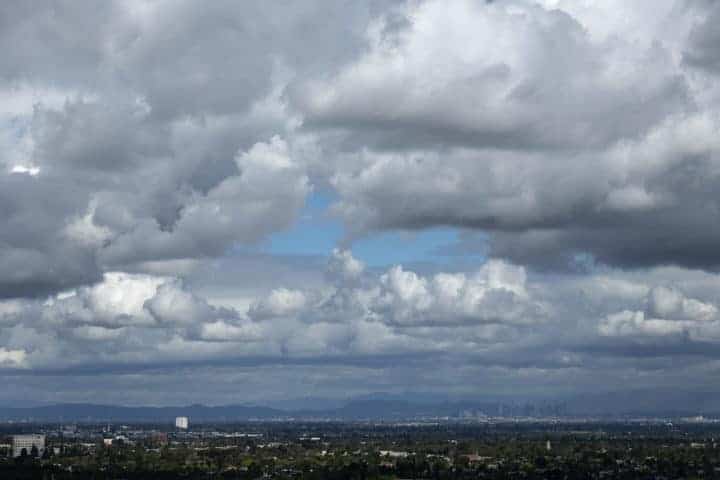The quality of the air is influenced by multiple factors: Factors like weather; supply-and-demand issues as this has to do with, for example, energy consumption and energy production; what a country’s political or social climate is like at any given point in time; what is going on, on the technological-development front; and – as evidenced by pandemics past and present – world health condition or status; all this along with so much more.
As far as today’s discussion goes, the topic at hand is supply and demand and what influence or effect this may have on the air-quality condition.
Traditionally, historically, we’ve seen what effect increased wartime production has had.
Here in the United States prior to our involvement in the Second World War, the supply of military armaments easily met the demand. In other words there was sufficient supply.
However, once the U.S. entered into war, a deficit situation in that sense fast arose. As a result, wartime production, in fact, had ramped up considerably, so much so, that assembly plants that had been turning out quantity of peacetime commercial and consumer product, such would be the case with automobiles, for example, were able to retool relatively quickly necessary to produce items like tanks, airplanes, you name it, in relatively short order. And, due to the fact that steel had become in such short supply and demand for such was basically “off the charts,” if you will, any source that steel could be secured from was tapped, that is, until the need for steel was matched by the supply.
This only came about when domestic steel production reached a high enough level necessary to ensure victories in both the European and Asian-Pacific Theatres.
This increase in the at-the-time defense production invariably made its presence felt in other ways, one of which was its negative impact on air quality.
That was then.
Flash forward to present-day America and consider what the effect on air quality will be from ramped up oil-production activities and the six-month-duration, 1-million-barrel-per-day withdrawal of oil from strategic oil reserves here at home. The pronouncement was made on March 31, 2022 when President Biden spoke to Americans via a televised news conference airing on network tv, partly arising out of the escalation of tensions between the two nations of Russia and Ukraine, both situated halfway around the world. This is how I understand things.
What I also heard on the broadcast news later this same day had to do with escalating costs at the gas pump.
What I learned was that the rise in fuel prices actually began during the part of the pandemic when conditions were getting back to normal, the economy was on the rebound and people were going about their daily lives much as they were pre-pandemic, with the demand for fuel thus picking up.
What’s confusing on the other hand is that, according to what I also heard over the airwaves, albeit some time ago, was that the United States was now a net exporter of energy and that the country’s dependence on that from Russia is a scant three percent. So, honestly, it’s difficult for me to get my head around why the sanctioning of Russian energy from being received by the U.S. is having such a profound impact at the pump on the domestic front.
Furthermore, what the climb in fuel prices tells me is that demand for gasoline (and presumably diesel as well) at home is outpacing supply and that is what for the most part is what’s behind the said prices increases at the pump, a situation that won’t resolve itself until balance can once more be and is restored and/or production and purchase at scale of low- and zero-emissions electric vehicles is enough to enable the supply/demand relationship to equilibrate.
In the meantime, expect a worsening of air quality on the home front.


